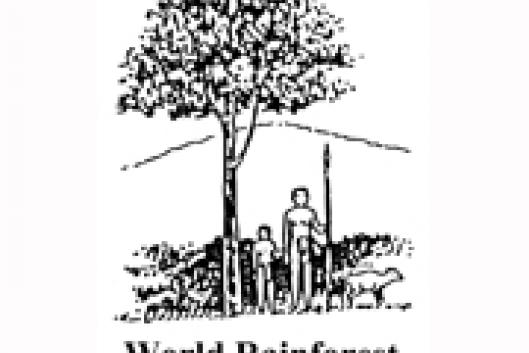The Hague, April 2002.
Forest Biodiversity
Here we are, defending the forests, but dealing with schizophrenia. This schizophrenia is due to the fact that many governments want to conserve biodiversity, but at the same time they are driven by the predominant economic model that destroys their natural heritage. It is due to the fact that the financial multilateral institutions are imposing economic adjustment programs upon developing countries, which oblige them to devastate their territories and surrender their economies, while at the same time they impose poverty mitigating schemes. These institutions have become useful tools for transnational corporations: they are wolves disguised as sheep. The industrial and commercial actors that are responsible for the erosion of biological and cultural diversity are being exposed as conservation champions. There is a lot of talk about conservation, but little is done by the policy makers. They announce investments and cooperation initiatives for sustainable development, but there are no effective commitments in this respect.
These are some examples of the unsustainable nature of the above-mentioned model:
- The Brazil-Bolivia gas pipeline that destroys the Chiquitano forest;
- The Pan American highway, which is silently encroaching the Darien area and the Choco bioregion;
- The Chad-Cameroon oil pipeline;
- The Yacyreta hydroelectric dam;
- The conversion of native forests in Indonesia into monoculture oil palm plantations;
- The massive sprays of pesticides, which threaten the Amazonian region and fail to eradicate coca plantations; and
- The misleading terminology that enables Eucalyptus, Pine and Acacia monoculture plantations – which have dramatically eroded water resources in South Africa - to be considered as forests.
Biodiversity conservation and sustainable societies result from a choice in lifestyle. Conservation and sustainability will not be achieved as long as economism and greed continue to pervade all human activities. It is in the resistance to this predominant model, where peoples find sustainability and strengthen their true ethic commitment to securing a path towards life, and forest preservation. Other examples of this are the U’wa peoples’ resistance to oil exploitation in their ancestral land and the Costa Rican people’s decision to prevent oil exploration in their territory.
At our boot you will find a document that further elaborates these real success stories of forest conservation.
So the Convention on Biodiversity must deal with the direct and underlying causes of forest biodiversity loss and create the conditions to address them;
- Promote the recognition of indigenous peoples and local communities land rights;
- Foster democratisation of multilateral financial institutions and changes in the international economic order;
- Collaborate with the Convention on Climate Change to stop global warming and its impacts on biodiversity;
- Ensure fair and sustainable access to and distribution of natural resources; and
- Elaborate a definition on forests based on an ecosystem approach which clearly differentiate it from tree monocultures.
